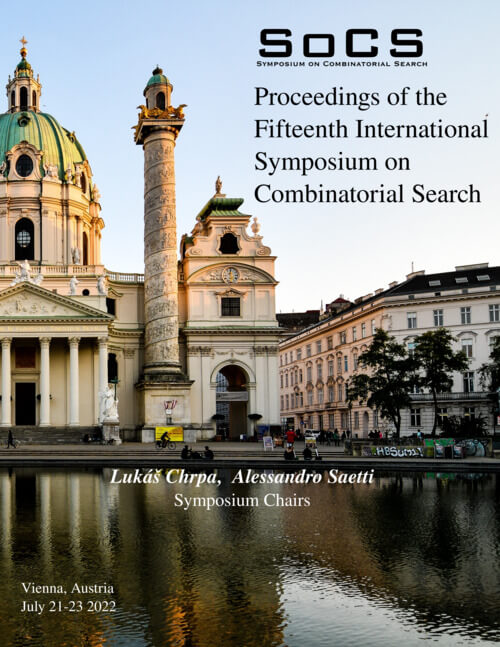Which MAPF Model Works Best for Automated Warehousing?
DOI:
https://doi.org/10.1609/socs.v15i1.21767Keywords:
Search In Robotics, Real-life Applications, Real-time Search, Time, Memory, And Solution Quality Trade-offsAbstract
Multi-Agent Path Finding (MAPF) algorithms and their variants can find high-quality collision-free plans for automated warehousing under simplified assumptions about the robot dynamics. However, these simplifying assumptions pose challenging implementational issues as the robots cannot follow the plans precisely. Various robust execution frameworks, such as the Action Dependency Graph (ADG) framework, have been proposed to enable the real-world execution of MAPF plans. Under such a framework, it is unclear how the simplifying assumptions affect the performance of the robots. In this work, we first argue that the ADG framework provides the same robustness guarantees as the single-agent framework (where plans are generated independently for each robot and collisions are avoided through a reservation table), which is widely used in industry. We then improve the efficiency of the ADG framework by integrating it with the Rolling-Horizon Collision-Resolution framework to solve MAPF problems with a persistent stream of online tasks. Using the integrated framework, we compare the standard MAPF model with many of its more complex variants, such as MAPF with rotation, k-robust MAPF, and continuous-time MAPF (taking robot dynamics into account). We examine their effectiveness in improving throughput through realistic simulations of warehouse settings with the Gazebo simulator.Downloads
Published
2022-07-17
Issue
Section
Long Papers

